Culloden Battlefield: Sad & Serene
I ended up spending 3 nights at Culloden Moor Camping & Caravan Park & would definitely recommend it for the park itself and its location. There may have been some places to eat that had begun to open after the COVID shutdown, but I did all my cooking in camp.

The camper came with 2 butane stoves just like the one I have back in the States. This recipe of Jamie Oliver’s is one of my “go to” camp meals. I used chicken thighs and paired with noodles with peanut sauce. https://www.epicurious.com/recipes/member/views/sticky-kickin-wings-5a4dfeaad736332bda563bf3
For day one of my road trip, I got up early and drove 2 miles up the road to the Culloden Battlefield. The visitor center is still closed, so I just paid to park and walked in. Almost immediately, there’s a certain haunting feel to the place. It takes about 2 hours to walk all the paths which is what I did.
On April 16, 1745, Charles Edward Stewart (AKA Bonnie Prince Charlie and the Young Pretender), ordered about 7,000 exhausted and starving Jacobites into battle against the Government (English) troops who not only outnumbered them but were better armed. The battle lasted 40 minutes. In the end, well over 1,000 Jacobites were dead and many others were hunted down and killed or captured. The English lost 50.
If you are an Outlander fan, you will already know about Culloden. It plays a major part in the first two books. But the backstory about the Jacobites is a bit more complicated. The term Jacobite comes from name of James in Latin, Jacobus. During the “Glorious Revolution” in 1688, Catholic king James II, who was Catholic, was ousted by his daughter, Mary and William of Orange from the Netherlands (who became King William III & Queen Mary II) who were Protestant. Many Scots were not happy about that and kept trying to put the Stewarts back on the throne. (To read more about the so-called Glorious Revolution, you can poke around here https://www.britannica.com/event/Glorious-Revolution ).
So from 1688 to 1745 there were attempts by the Jacobites to get a Catholic king back on the throne. This continued through the reign of Queen Anne and German Hanovers, George I & George II. Confused yet? Anyway, young Charlie (age 25) rallied the Scots who wanted to put his father back on the throne and had some success. Until Culloden which was the last battle to be fought on British soil. And it was a slaughter.
The walk around the battlefield is peaceful and tragic. There are periodic markers to the clans who fell scattered around the field – I put them in the slider at the top of this post. There is also the only surviving cottage on the property which has been well restored. Notice that they use heather for the thatch instead of the usual reeds used in England.
If you are in Inverness, I highly recommend a stop at the battlefield of Culloden. Hopefully, during your visit the Interpretive Center will be open. But just wandering through the paths of the site was worth the time. I even found some wild raspberries for breakfast. From Culloden, I head north on the NC 500 route. I’ll document that in pieces in my next few posts. If you would like an easy reference to keep the kings & queens safe, this is my go-to https://www.britroyals.com/rulers.asp
Until then, stay safe y’all.
Amanda









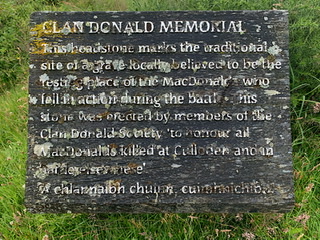
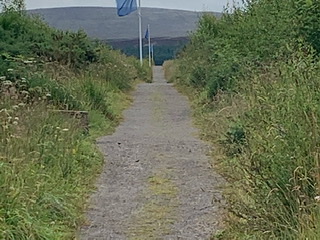
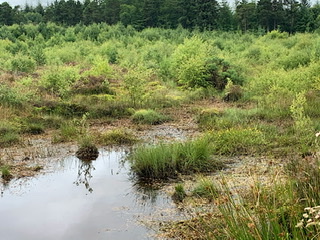
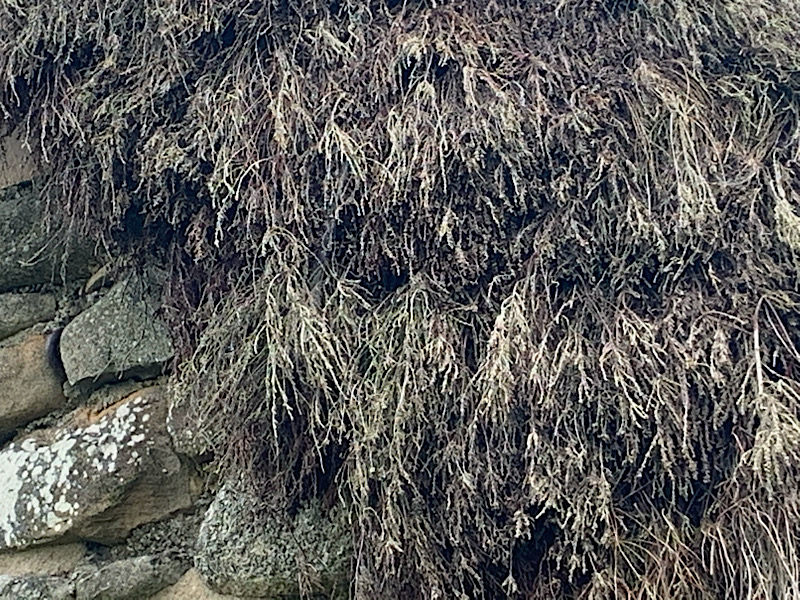
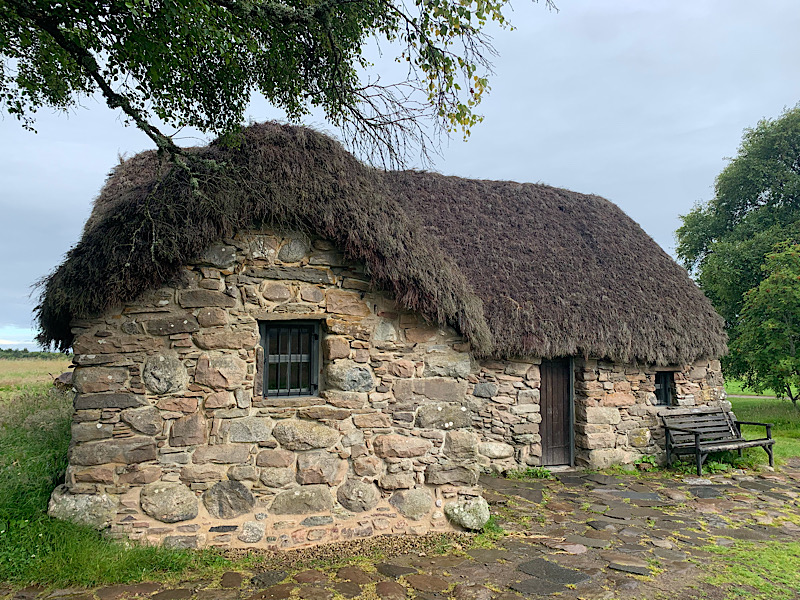
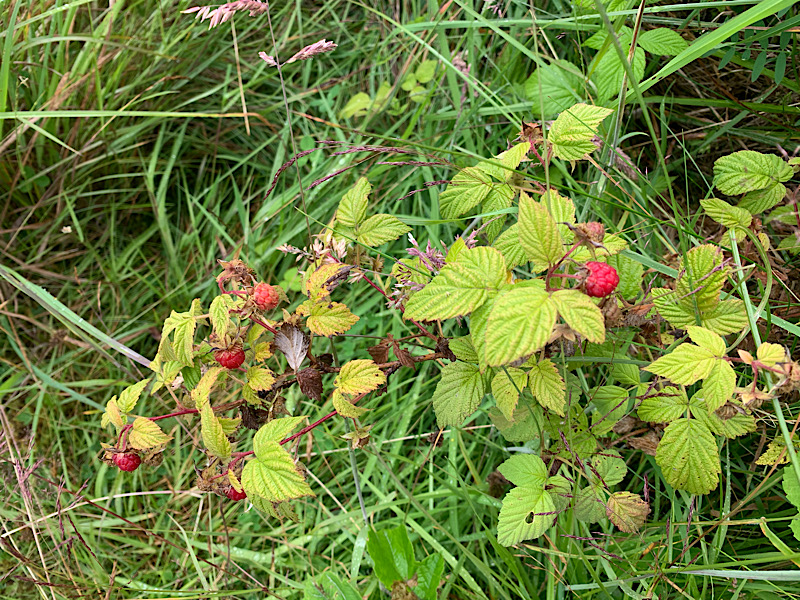
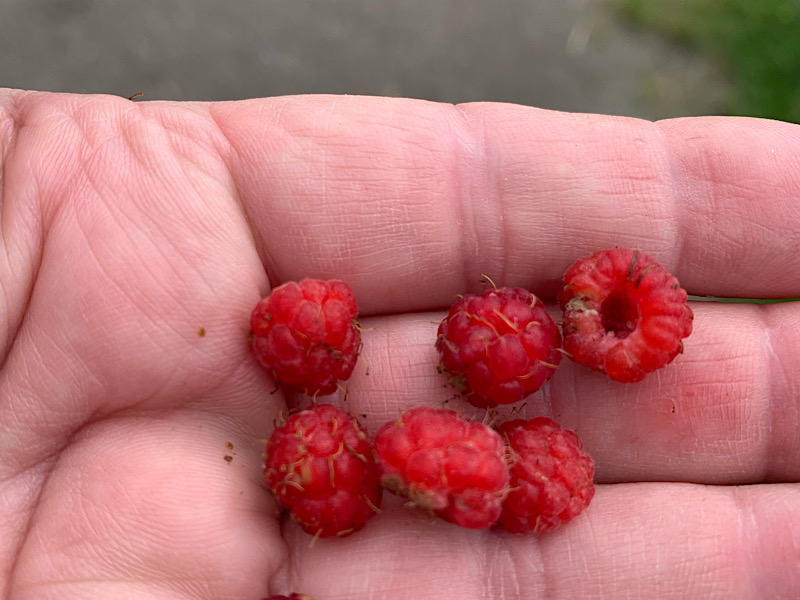
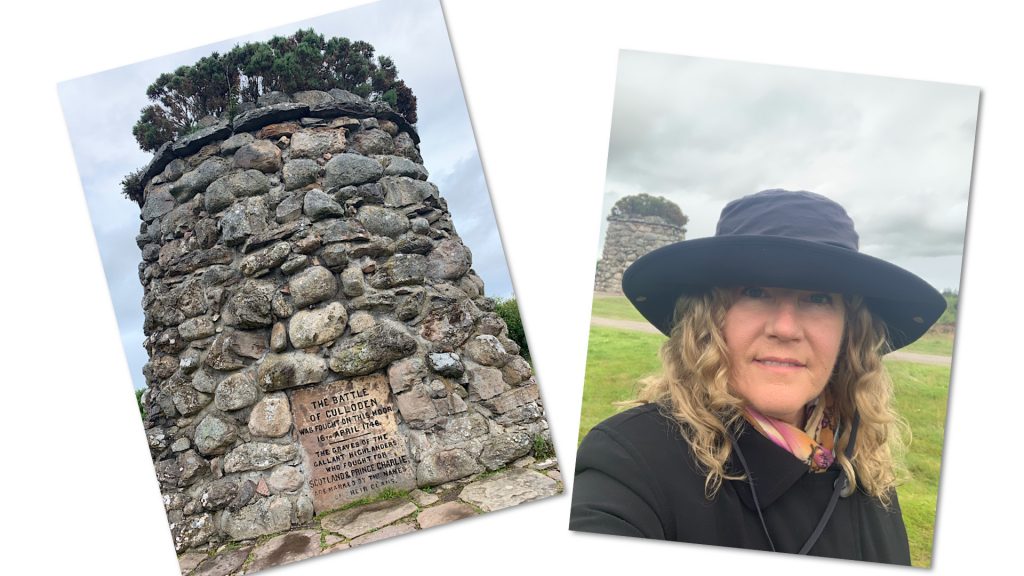
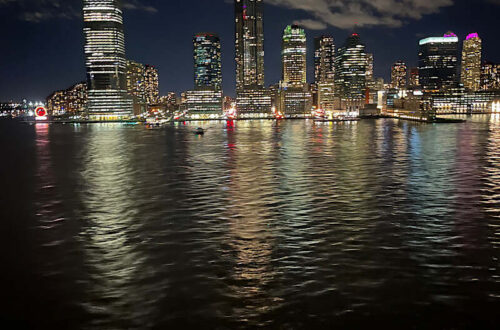
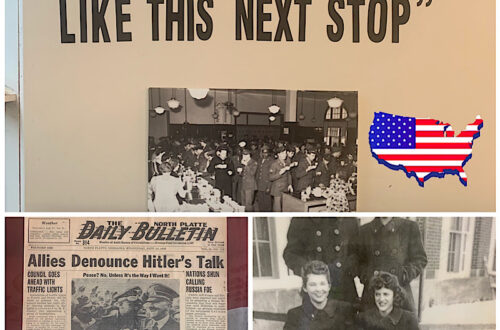
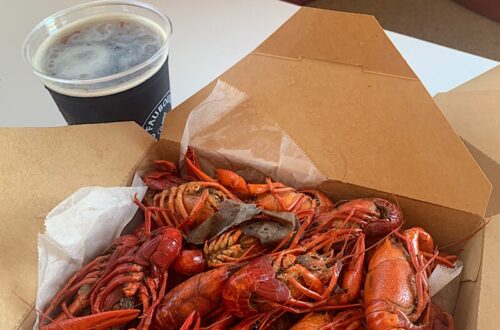
6 Comments
Shannon Johnson
Totally going to make that dish!
restlessnative365
It’s totally worth it! ❤️
DL Mac
Scotland is full of some amazing history!
And by the way, that recipe looks amazing! I might have to give that a try.
Cheers!
restlessnative365
It’s a great recipe! Just be patient and let the water evaporate fully and it will get nice and sticky. Thanks for commenting!
Cindy Darling
Love the history lesson! Thankyou for the references so I can learn more of this history!XOXO
restlessnative365
Haha. You’re welcome 😊 Keeps me from rambling on!